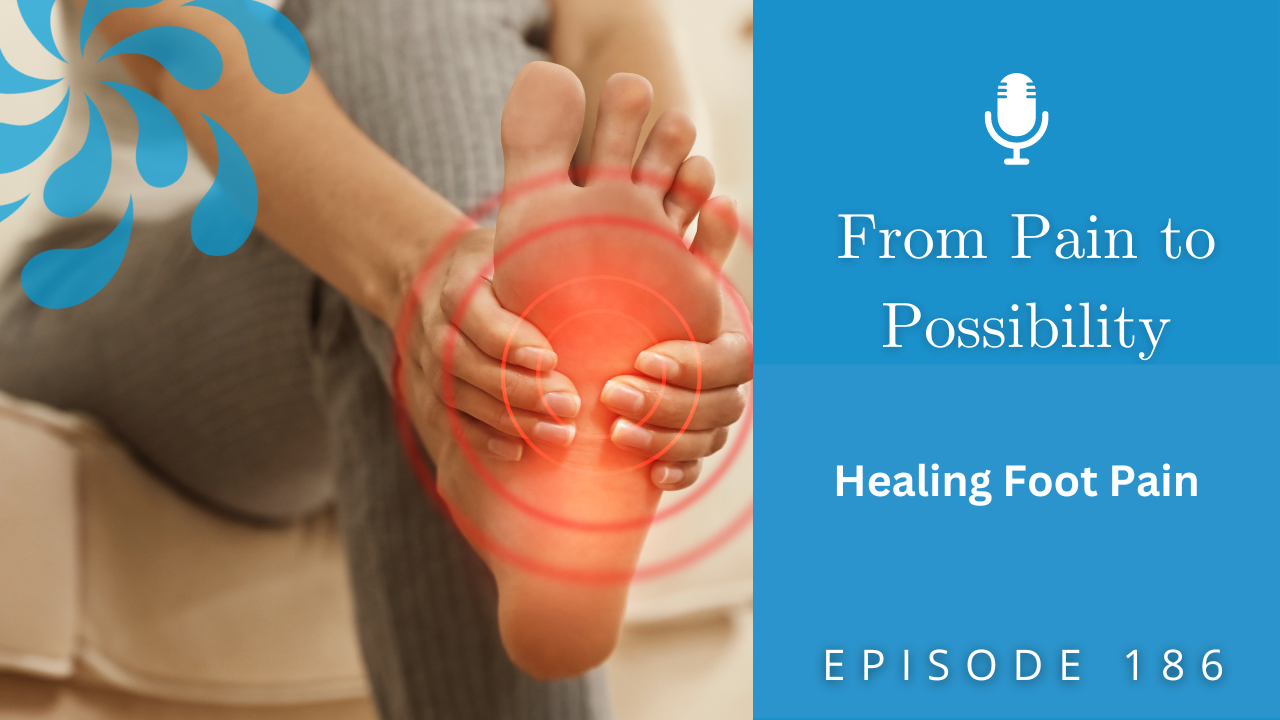To wrap up my series on the feet, I'm sharing the key factors required to heal foot pain and prevent it from coming back. The two areas that make the biggest difference to your foot pain are the Healing Helix and the Principles of Movement, and I explore both in this episode.
Understanding the Healing Helix and the Principles of Movement helps you become your own best teacher by increasing your awareness of movement patterns and developing better feedback mechanisms between the brain and body.
Tune in this week to find relief from your foot pain and better understand the function of your feet. Discover how to interpret the sensations in your body as information, how to use that information to change your behavior, and how the Healing Helix and Principles of Movement can help you overcome your foot pain. Learn how to manage foot pain, or any pain in the body, with confidence.
Subscribe: Apple Podcasts | Spotify

